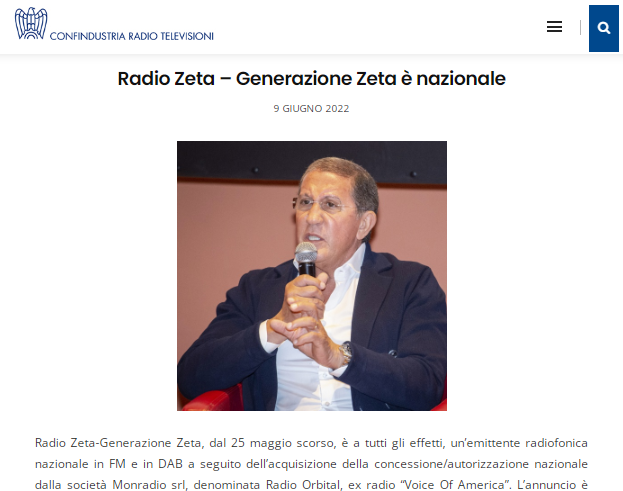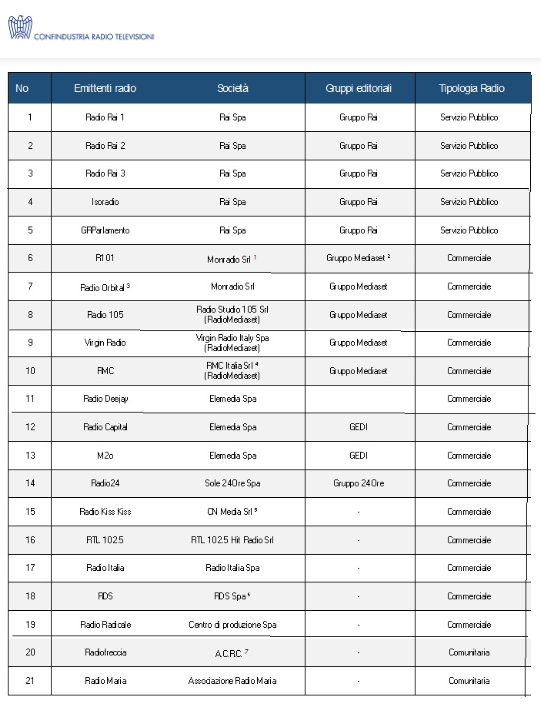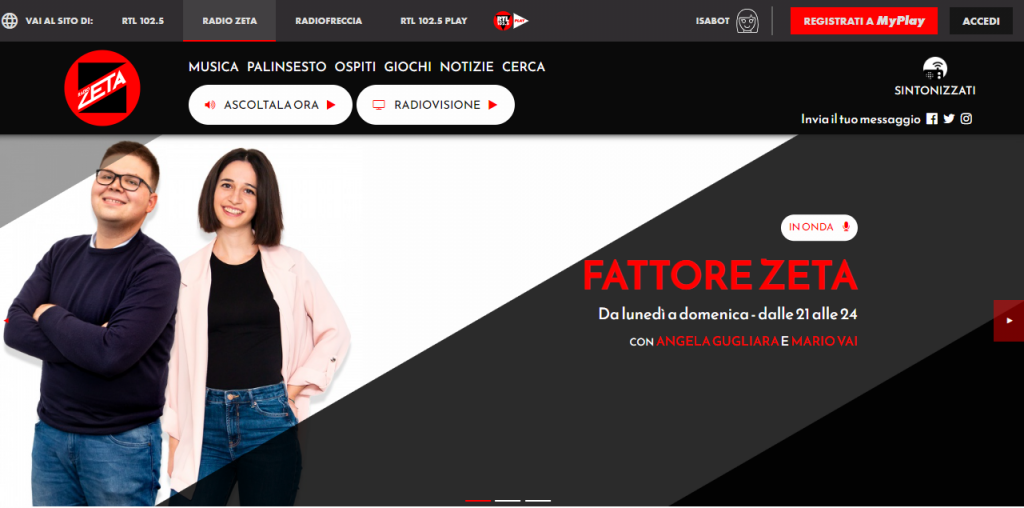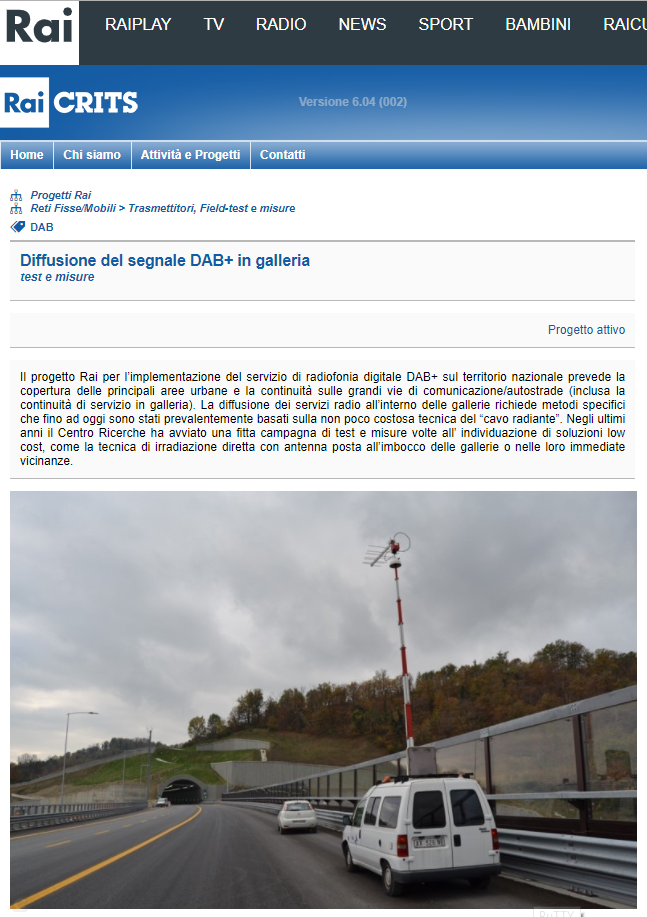
Source
With the development of DAB comes the question of how to add services to an existing system. A study conducted in Italy in 2017 by the RAI-Radiotelevisione Italiana Research Centre, in anticipation of the development of digital radio, highlighted the criticalities of using the structures built to broadcast the channel over Isoradio traffic. It would be necessary to intervene on the device that mixes the signals before conveying them on the slit cable: a costly and complex operation. It was therefore suggested, in order to drastically reduce costs, to use the radio wave system by re-transmitting the signal from an antenna placed at one end of the tunnel, or, in longer tunnels, at both ends.
A leading country…
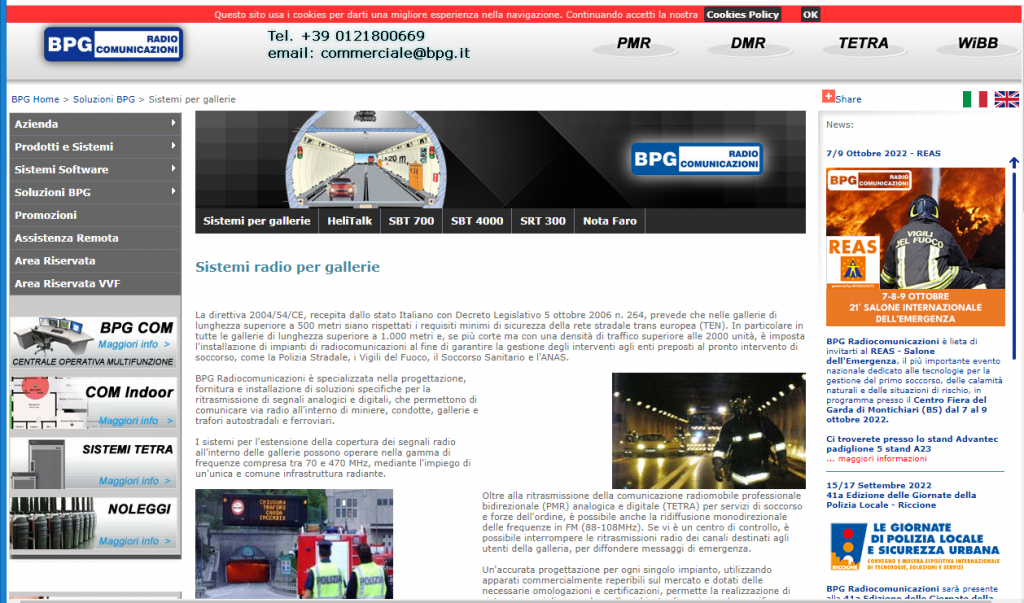
Source
Italy, due to its orography, is the second largest country in the world in terms of the number and length of tunnels, second only to China and followed by Japan, Norway, Switzerland, Austria and France. And it can count on world-leading companies in tunnelling, underground construction and transmission systems with a high level of integration such as those used in the Frejus (12.8 km) and Mont Blanc (11.6 km) international motorway tunnels. More than 30 channels are available in these tunnels for the services of Italy and France: fire brigade, border police, Carabinieri, Gendarmerie, medical emergency vehicles and FM broadcasting with RDS. The systems are managed by a control centre that can interrupt radio programmes to broadcast emergency messages.
…but Switzerland also has its leadership
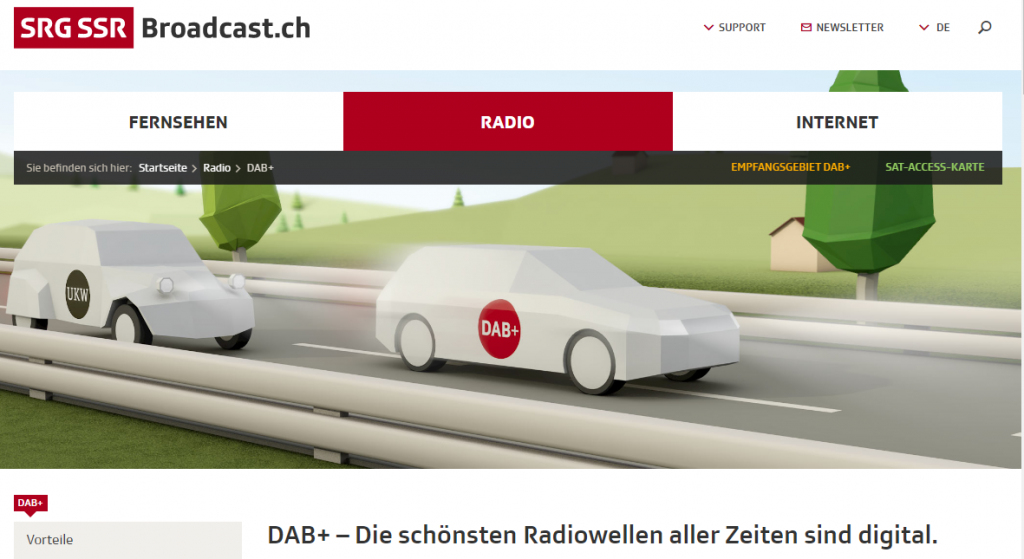
Source
Switzerland is well advanced on DAB. Network expansion has been going on since 2014: the country had given itself a ten-year horizon for the switchover to digital radio, which will take place at the end of 2024 when the analogue FM transmitters will be switched off. Currently, SSR network coverage for indoor reception is 98%, while for outdoor reception and car radios it even exceeds 99%. Today, therefore, Switzerland boasts the best DAB+ coverage in the world, with some 193 tunnels longer than 300 metres being illuminated by the signal already in 2018 with an investment of around CHF 30 million. The areas not covered are mainly located in peripheral regions, a problem that will be solved in the coming years.
(Writteb by Fabrizio Carnevalini)

